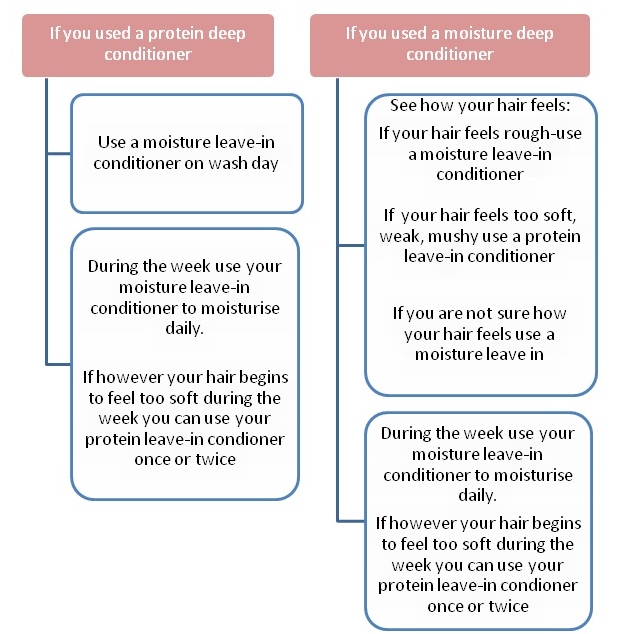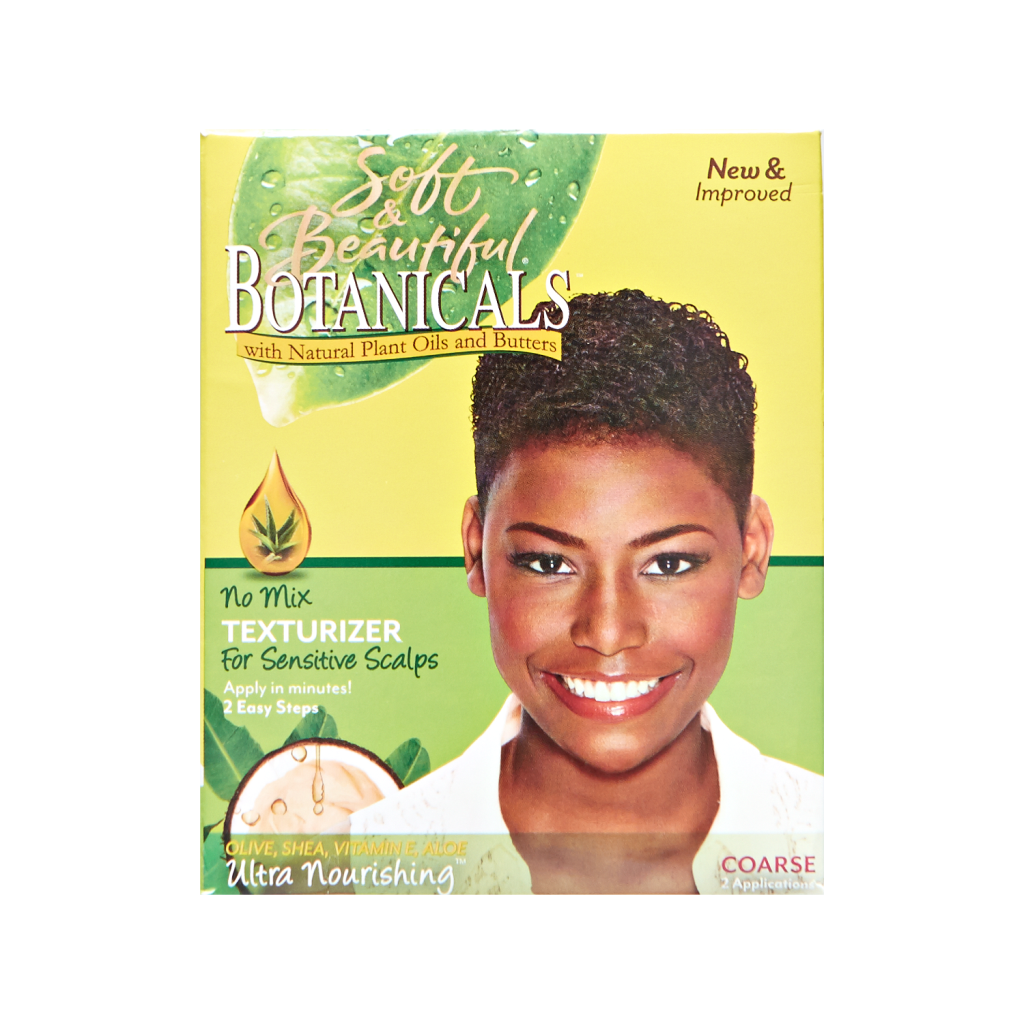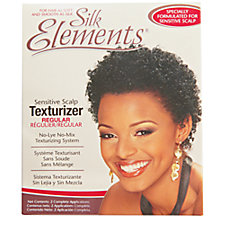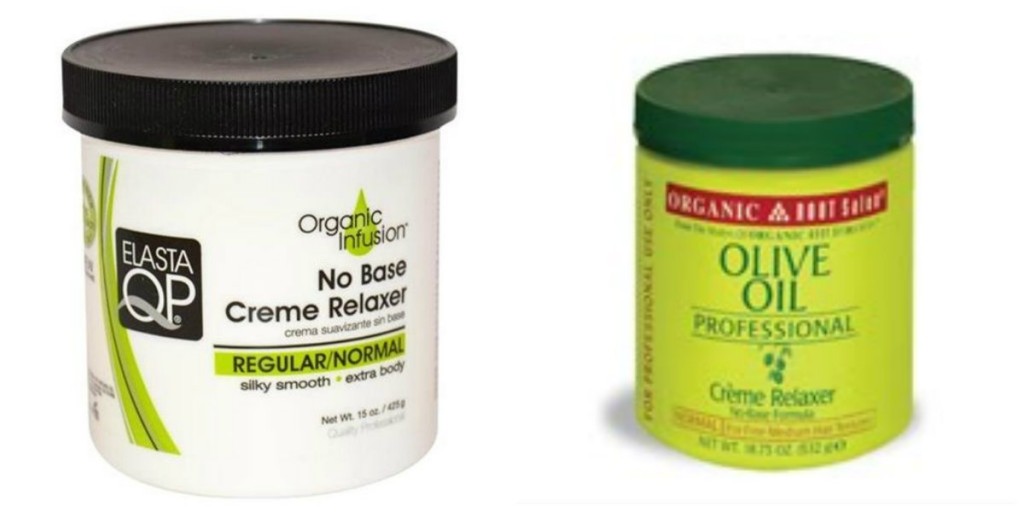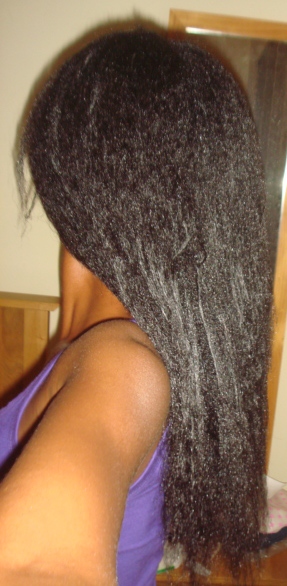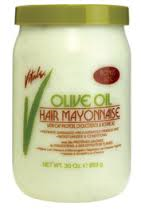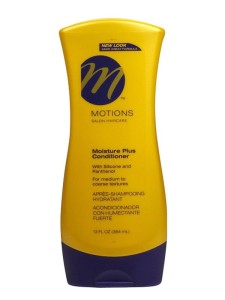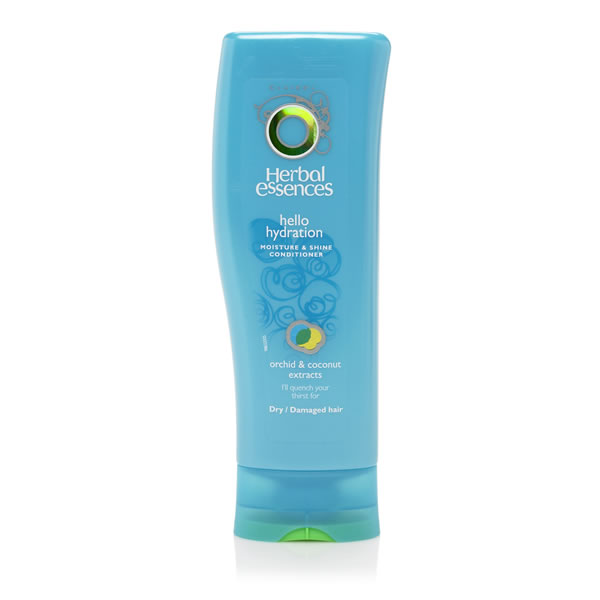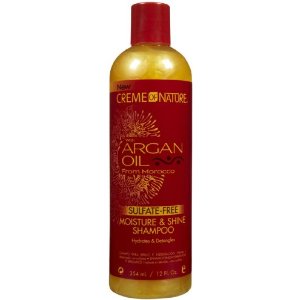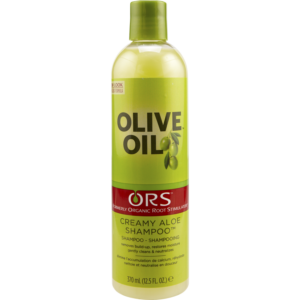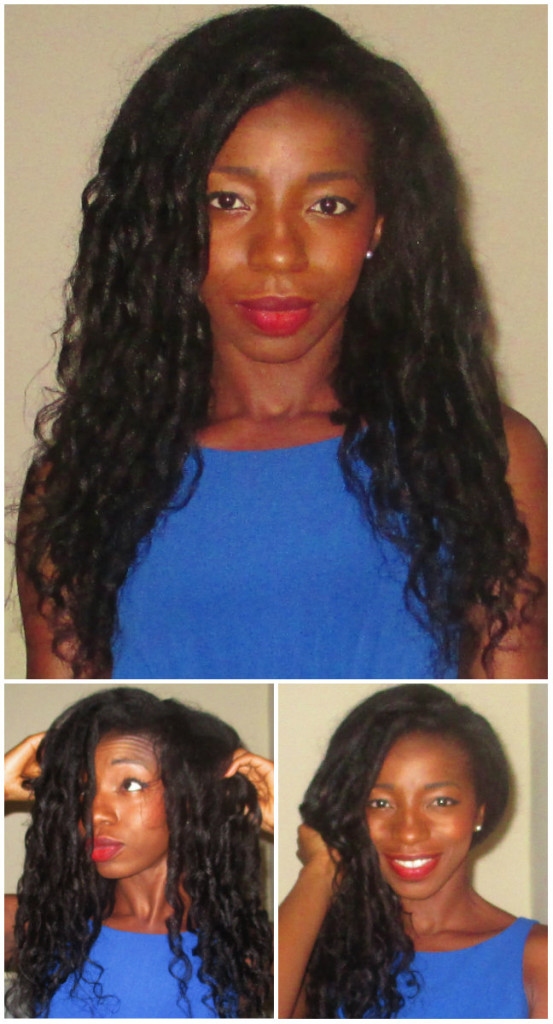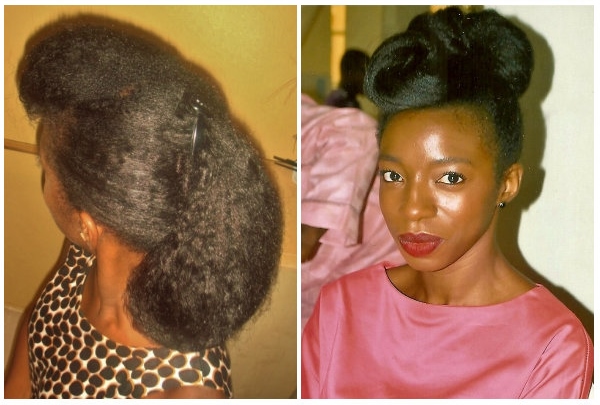Hello Ladies
I hope you are all well. This blog post is the 3rd in the series on How To Buy Hair Products.
Today’s post will focus on leave-in conditioners. I intend to explain the uses of leave-in conditioners, the types of leave in conditioners that you need and what ingredients to look out for when buying them. I will also share a flow chart which will help you decide which leave in conditioner to use on your wash days and through the week.
What Are The Uses of Leaves-in Conditioners
A leave-in conditioner should be used after you have rinsed out your deep conditioner.
Leave-in conditioners helps to smoothen our hair and boosts its flexibility and strength. A good leave-in conditioner should also give your hair slip which will make detangling easier. Most leave in conditioners can also double-up as moisturisers for use in between wash days
What Types of Leave-in Conditioners Do You Need
On a hair journey you need two types of leave-in conditioners.
- A protein leave-in conditioner – for strength
- A moisture leave-in conditioner – for elasticity and softness
Although both protein and moisture leave in conditioners are needed, I should point out that moisture leave-ins tend to be used/needed more often than protein ones.
How To Buy Leave-in Conditioners
As I have mentioned in previous posts in this series, when buying products it is best to be familiar with the product ingredients rather than relying on what is written on the front of the product or in the description at the back . This is because many products claim to have many benefits for our hair but by being familiar with product ingredients, you can tell which ones can actually do what it claims.
Ingredients to look out for in a Protein Leave-in conditioner
- Look at the ingredients at the back of the bottle or jar and see if the following ingredients are listed. Preferably one or more of these ingredients should be amongst the first 5 items found on the ingredient list. Keratin
Collagen
Pathenol
Soy protein
Silk protein
Oat protein
Wheat protein
Amino Acids
Please note that some of these proteins may start with the word hydrolyzed, eg hydrolyzed wheat protein or hydrolyzed soy protein.
Ingredients to look for in a Moisturising Leave-in Conditioner
- Look at the ingredients at the back of the bottle or jar and see if the following moisturizing ingredients are listed. Preferably one or more of these ingredients should be amongst the first 5 items found on the ingredient list.
Aqua(water)
Cetearyl alchohol
Cetyl alchohol
Stearyl alchohol
Urea
Glycerine - Please note that there are many more types of moisturising ingredients that may be found in moisturising leave-in conditioners. Those listed above are some of the most popular ones which are commonly used by product manufacturers.
How to Decide which Type of Leave in To Use
My Personal Favourite Leave-in Conditioners

A) Cantu Shea Butter Leave-In Conditioning Repair Cream (protein)
B) Aphogee Pro-Vitamin Leave-in Conditioner (Protein – with this product, I suggest that a very little quantity should be used and it is NOT suitable for daily use)
C) Elasta QP Feels Like Silk Leave-In H2 Conditioner (Moisture). The ingredients of this product has now changed but I haven’t tried the new version.
D) Luster’s S-Curl No Drip Activator Moisturizer (Moisture)
E) Herbal Essences Beautiful Ends (Moisture – called Long Term Relationship in the U.S)
That’s the end of this post ladies. Knowing when and how to use moisture vs protein is something that so many newbies struggle with so I hope the flow chart/table helps.
I have a couple of really exciting posts coming up.
One is about a highly requested topic: how I care for the hair I leave out when wearing u-part wigs. This will also super helpful for ladies who wear weave-ons with some of their hair left out and are experiencing breakage of their leave out hair. It is going to be a great post and I hope you’ll be back soon to read it.
X
Lade
Learn | Change | Grow

